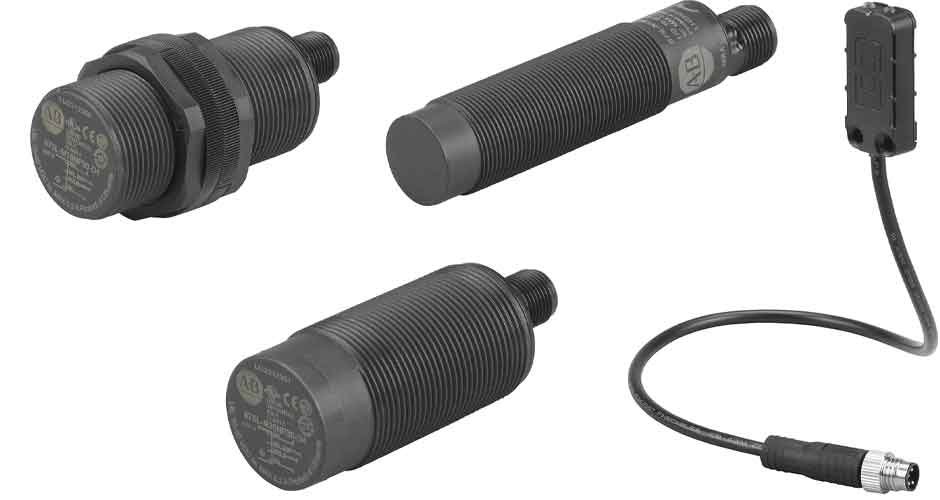The name might sound too long to think about, but there’s a lot of reasons why you should learn about capacitive proximity sensors. Their diverse applications across multiple industries give them a vital purpose in the commercial sphere, and they offer several benefits to their users.
In this article, we’ll cover the ins and outs of these smart devices. Whether you’re studying electrical engineering at college or you’re already working in the industry, it’s always worth knowing the uses and benefits of capacitive proximity sensors.
What is a capacitive proximity sensor?
Capacitive proximity sensors are devices used to measure and sense the absence or presence of physical objects – without making contact. Any basic proximity sensor is used to detect the presence materials or objects, and any sensor that doesn’t touch the item is known as a non-contact sensor.
A capacitive proximity sensor operates by detecting a change in capacitance. This is read by the sensor itself, which comprises two conductive elements that are separated by an insulating material. This insulator can be made of plastic, paper, ceramic, or another material.
How does it work?
Capacitive proximity sensors work by placing one conductive element inside the sensor unit itself and leaving the other one to be sensed externally. Internally, an oscillator circuit connects to the inside plate and generates an electric field.
The subsequent air gap between the external material or object and the internal plate then becomes the insulator. When a material is present, the capacitance value changes and therefore triggers the material presence.
What are capacitive proximity sensors used for?
- Industrial automation and manufacturing
In industrial automation, these sensors play a vital role. Because capacitive proximity sensors generate their own electrostatic fields, they offer unique benefits when used within an industrial application.
Their ability to detect non-conductive materials means they can be used to sense glass, water or other liquids, plastic, biological substances, and more. They can even be set up to detect the presence or absence of a material through its container. In turn, capacitive proximity sensors are invaluable in quality control, level monitoring, and detecting materials.
- Proximity sensing and touch interfaces
Non-contact sensing is an invaluable attribute within manufacturing. The internal electronics of various devices – including smartphones, tablets, and home appliances – use capacitive proximity sensors to carry out the vital touchless interaction.
Specific tasks within touch interface applications include gesture recognition, presence detection, and user interface controls.
- Liquid level sensing
Not all sensors can be used to detect liquids, so this is a key feature of capacitive proximity sensors. They can detect the presence or absence of almost any type of liquid through its tank or container, so they’re invaluable in multiple industries for this reason. In a container, the sensor can be programmed to compensate for any buildup of foam, deposits, or extra moisture.
- Object detection and positioning
Lastly, capacitive proximity sensors are also utilized for object detection and complex or highly accurate positioning tasks. Since they can be used to position objects and materials so accurately, they’re often favorable in automation technologies and robotics.
In robotics, they can be used to sense objects that are near the robot – along with measuring the distance between the two. This is all possible without any necessary physical contact since the sensors use magnetic fields.
Need to learn more about electronics and non-contact sensors for an upcoming assignment? We’ve got you. Head over to the experts at Design Spark by RS to learn everything at the forefront of innovation in engineering and electronics.


